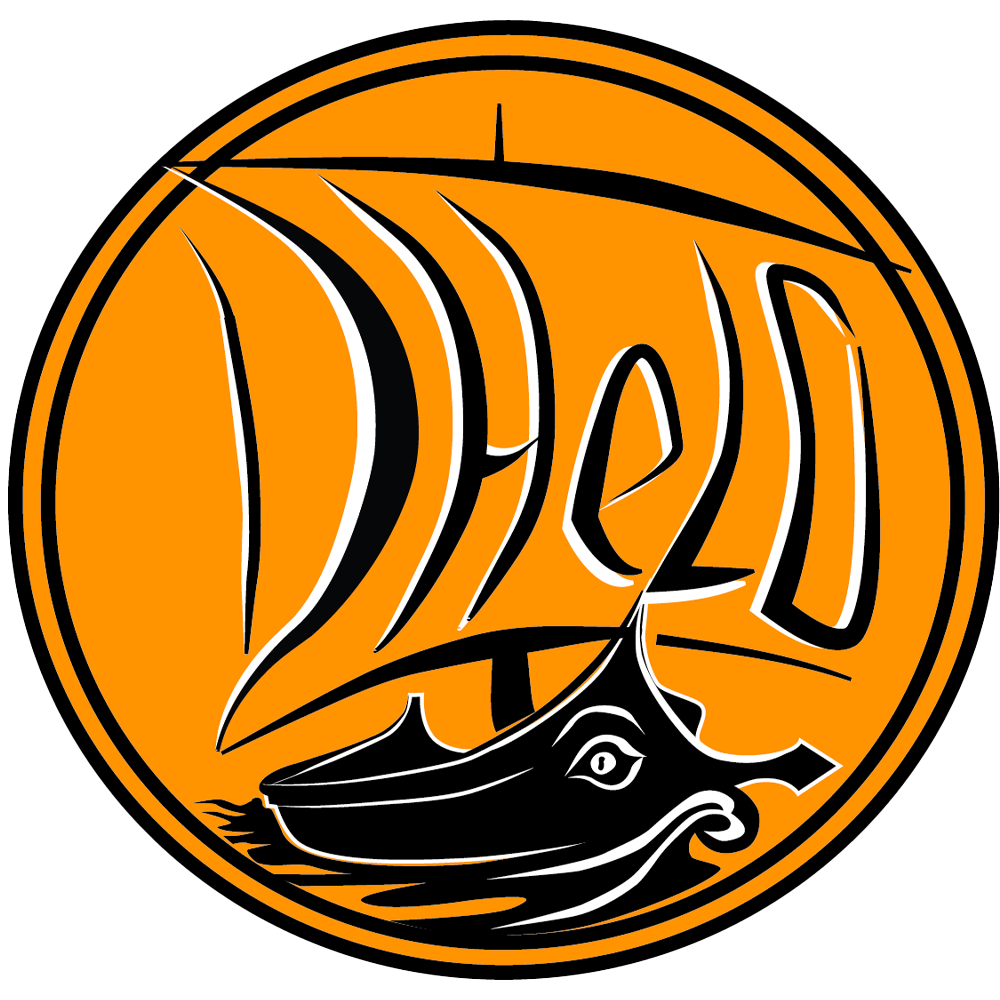Dataset
Characterization of medieval-like glass alteration layers by laser spectroscopy and nonlinear optical microscopy
- Title
- eng Characterization of medieval-like glass alteration layers by laser spectroscopy and nonlinear optical microscopy
- Description
- eng The study was undertaken in six medieval-like model glass samples UG (unaltered glass), MAK, MAR, MTA, MTB and MTN subjected to various environmental and atmospheric conditions in order to generate alteration layers of different characteristics. A potash-lime silicate glass, with composition similar to that of medieval glasses, was melted at 1400 °C during two hours, poured in a brass mould of rectangular cross section and annealed at 650 °C. The resulting glass ingot was cut in slices of around 10×10×2 mm3 and then polished using emery paper and an aqueous suspension of cerium oxide to obtain optical quality surfaces. Alteration of the glass slices was conducted by exposure to five different laboratory corrosion tests: SO2 corrosion for MAK sample, synthetic river water degradation for MAR, and degradation due to acid, basic and neutral medium for MTA, MTB and MTN, respectively. This dataset consists of images of the samples; Laser-induced Breakdown Spectrocopy (LIBS) spectra; Laser-induced Fluorescence (LIF) spectra; Optical Microscopy (OM); FT-Raman spectroscopy and Multi-Photon Excitation Fluorescence (MPEF) signals obtained with a Nonlinear optical microscopy (NLOM). This information allows characterizing the composition of both body glass and determining the thickness of the degradation layer. Images are presented in JPG. All spectra are presented in cvs format, in a single page.
- Creator(s)
- Mohamed Oujja
- Teresa Palomar
- Marina Martínez-Weinbaum
- Laura Maestro-Guijarro
- Sagrario Martinez-Ramirez
- Marta Castillejo
- Is Shown At
- http://hdl.handle.net/10261/260833
- Identifier
- https://doi.org/10.20350/digitalCSIC/14502
- Date Issued
- 15 February 2022
- Temporal Coverage
- Middle Ages

